25 Interesting Facts About the Eiffel Tower

Welcome to a journey through time and steel, as we explore the fascinating world of the Eiffel Tower. This iconic symbol of Paris, a marvel of engineering, and a testament to human ingenuity, has a rich history and a plethora of intriguing facts that many are unaware of.
From its controversial inception to its role in world events, the Eiffel Tower has stood the test of time and continues to captivate millions of visitors each year. So, let’s delve into the captivating world of the Eiffel Tower and uncover 25 interesting facts that make this architectural masterpiece a symbol of innovation and resilience.
1. Eiffel Tower History
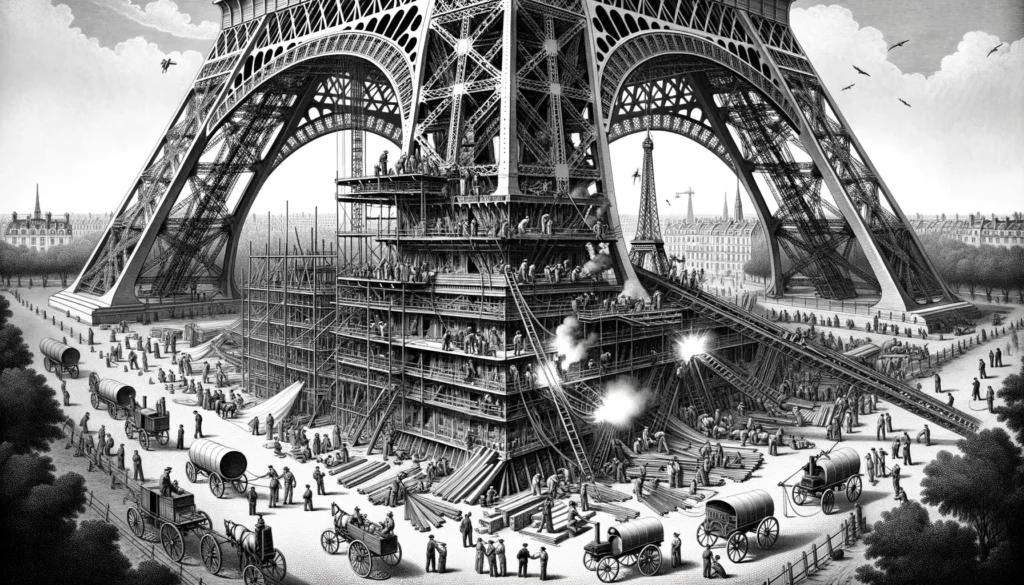
The Eiffel Tower was built for the 1889 Exposition Universelle (World’s Fair) held in Paris to celebrate the 100th year anniversary of the French Revolution. Gustave Eiffel, a French civil engineer, is credited with its design and construction.
2. Eiffel Tower Design
The design of the Eiffel Tower is a testament to the genius of Gustave Eiffel. Despite its height of 330 meters, the tower only weighs 7,300 tons. This is due to the clever use of a lattice design which reduces the amount of material needed.
3. World’s Fair 1889
The Eiffel Tower was not initially accepted by all. Many protested its construction for the World’s Fair, calling it an eyesore. However, it was eventually completed and became the main attraction of the fair, drawing millions of visitors.
4. Eiffel Tower Engineers
Gustave Eiffel was not the only engineer involved in the construction of the Eiffel Tower. Maurice Koechlin and Emile Nouguier also played significant roles in its design and construction.
5. Eiffel Tower Controversy

Despite its iconic status today, the Eiffel Tower was initially met with much controversy. Many Parisians thought it was an eyesore and petitioned for its removal. However, its value as a radio transmission tower saved it from demolition.
6. Eiffel Tower Survival
The Eiffel Tower has survived two World Wars and numerous attempts to demolish it. It was almost sold as scrap metal, but its value as a radio transmission tower saved it.
7. Eiffel Tower and Statue of Liberty
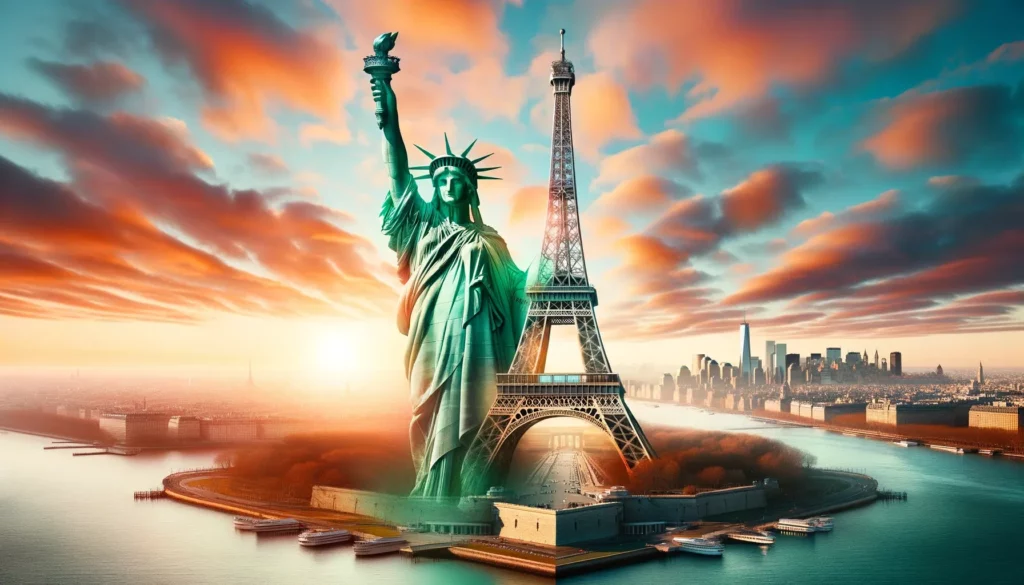
The Eiffel Tower and the Statue of Liberty have a common connection – Gustave Eiffel. He was involved in the design of the internal structure of the Statue of Liberty before he built the Eiffel Tower.
8. Businesses in the Eiffel Tower
The Eiffel Tower is not just a tourist attraction. It houses various businesses including restaurants, a post office, and even a newspaper office in the past.
9. Eiffel Tower as a Laboratory
Gustave Eiffel used the tower as a laboratory for scientific experiments. He had a small apartment at the top where he conducted studies on everything from gravity to electricity.
10. Eiffel Tower Movement
The Eiffel Tower is designed to sway slightly in the wind. On a very windy day, the top of the tower can move up to 9 centimeters.
11. Scientists’ Names on the Eiffel Tower
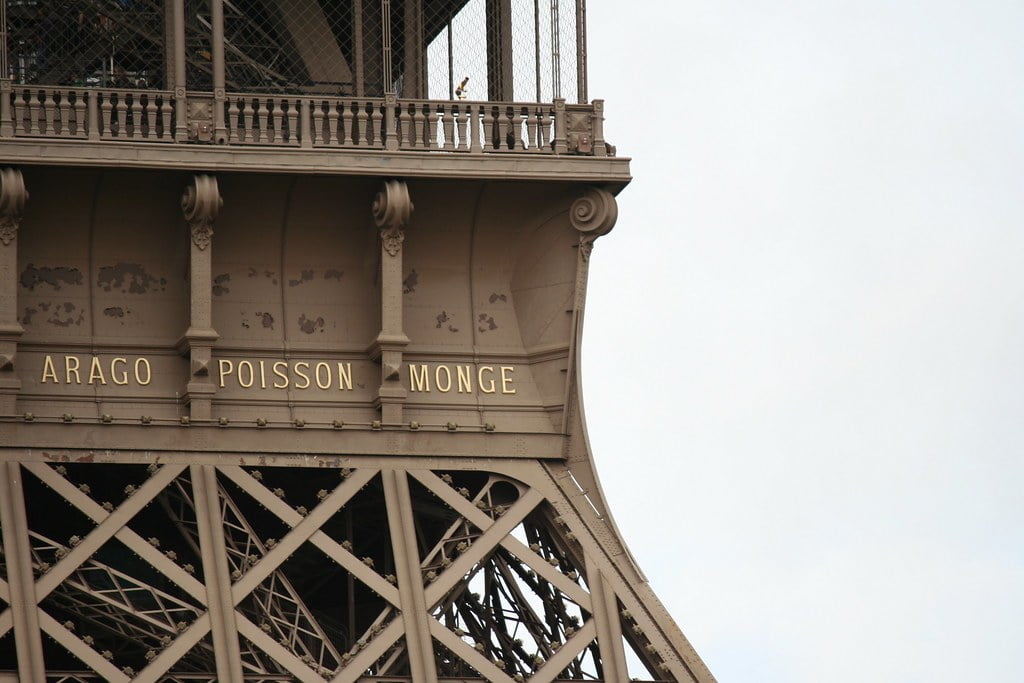
The names of 72 scientists, engineers, and mathematicians are engraved on the side of the Eiffel Tower in recognition of their contributions to science and industry.
12. The Eiffel Tower Symbol of Paris
The Eiffel Tower has become a global icon of France and is one of the most recognizable structures in the world. It symbolizes the elegance and sophistication of Paris.
13. Eiffel Tower Construction
The Eiffel Tower was constructed in just over two years, from 1887 to 1889. Despite the complexity of the project, no workers died during its construction.
14. Iron Structure of the Eiffel Tower
The Eiffel Tower is made of iron, not steel as many people believe. It was constructed using over 18,000 individual iron pieces.
15. Eiffel Tower Floors
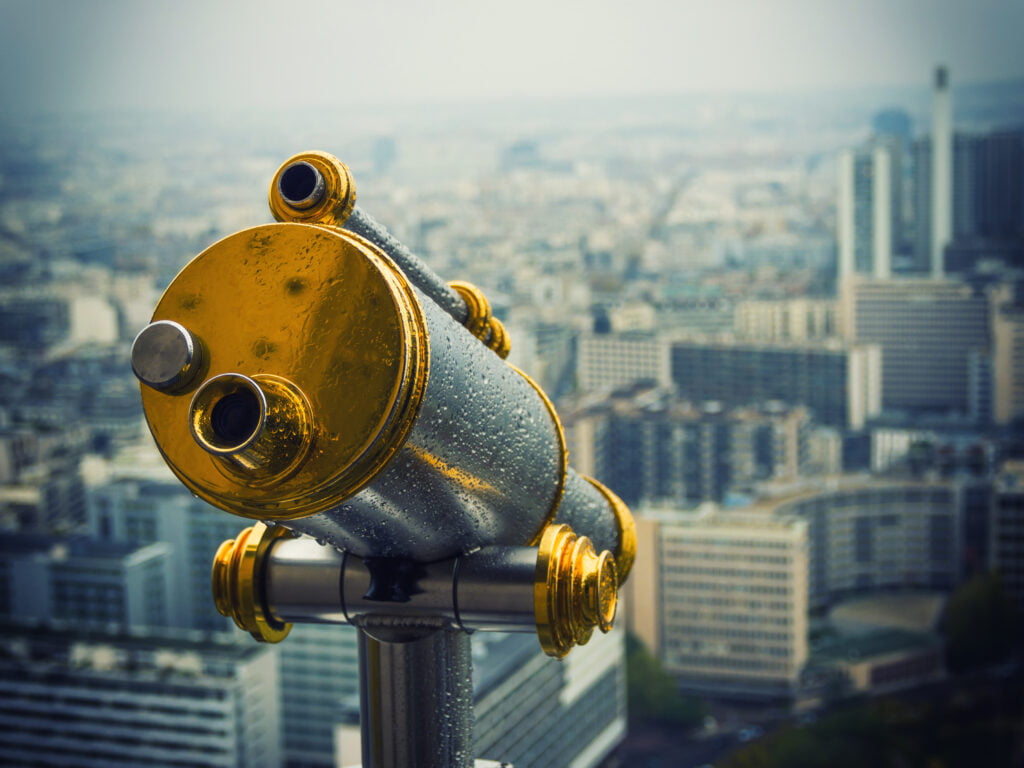
The Eiffel Tower has three floors that are accessible to the public. The first and second floors have restaurants, while the third floor is an observation deck.
16. Weight of Eiffel Tower
The Eiffel Tower weighs approximately 10,000 tons. Despite its weight, it was designed to be wind-resistant.
17. Eiffel Tower Repainting
The Eiffel Tower is repainted every seven years to protect it from rust. It takes 60 tons of paint to cover the entire structure.
18. Eiffel Tower Protests
When the Eiffel Tower was first built, many artists and intellectuals protested against it, calling it a monstrous addition to the Paris skyline. Today, it is one of the most beloved landmarks in the world.
19. Visitor Capacity of Eiffel Tower

The Eiffel Tower can accommodate about 9,000 people at a time. It receives more than 7 million visitors each year.
20. Eiffel Tower as World’s Tallest Building
The Eiffel Tower was the tallest man-made structure in the world until the completion of the Chrysler Building in New York in 1930.
21. Eiffel Tower Replicas
There are over 30 replicas of the Eiffel Tower around the world, including one in Las Vegas and another in China.
22. Eiffel Tower Presentation
The Eiffel Tower is lit up every night and sparkles for five minutes every hour on the hour, creating a mesmerizing sight for locals and tourists alike.
23. Eiffel Tower Discovery Course
The Eiffel Tower offers a discovery course for visitors, where they can learn about its history, construction, and the scientific experiments conducted there.
24. Eiffel Tower World Record Attempts
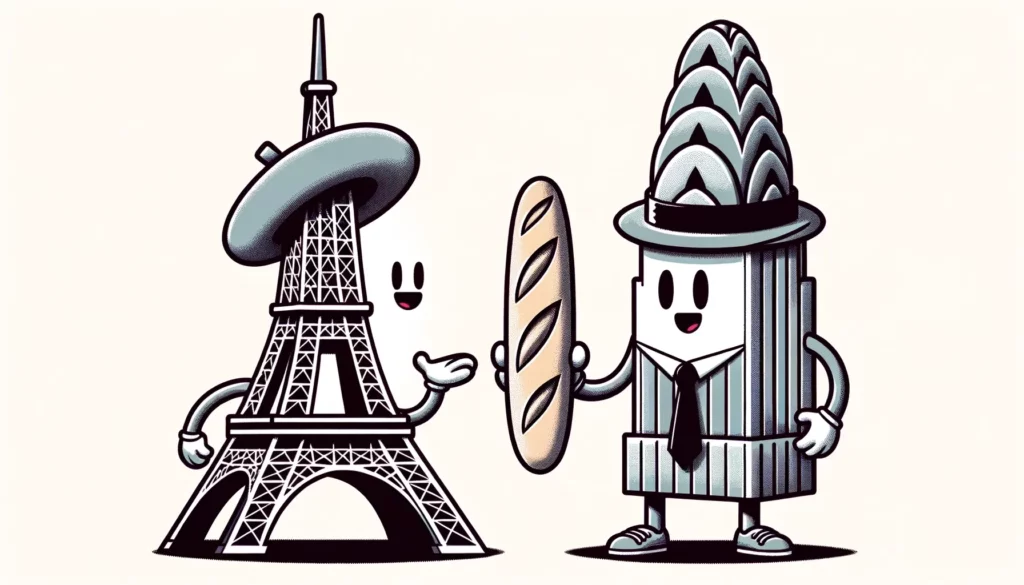
The Eiffel Tower has been the site of numerous world record attempts, including parachute jumps, tightrope walks, and even a stunt where a car was driven down its stairs.
25. Eiffel Tower during World War I
During World War I, the Eiffel Tower played a crucial role in intercepting enemy radio communications, which helped the Allies to victory.
The Eiffel Tower, with its rich history and fascinating facts, continues to captivate the world. It stands as a testament to human ingenuity and the spirit of innovation.
Conclusion:
The Eiffel Tower, with its rich history and fascinating facts, continues to captivate the world. It stands as a testament to human ingenuity and the spirit of innovation.
From its role in scientific experiments to its survival through wars and protests, the Eiffel Tower is more than just a structure; it’s a symbol of progress, a beacon of hope, and a testament to the power of human creativity.
As we conclude our journey, we hope that these 25 interesting facts have given you a deeper appreciation for this architectural marvel and its significant role in shaping history.
The Eiffel Tower, in all its iron glory, continues to inspire and fascinate, standing tall as a testament to the limitless potential of human imagination.





